How to be an educated sequential artist is now being taught in the classroom to kids! Twenty years ago this concept would be improbable if not outright mocked, but today in 2010, while it may not be wildly embraced, the combination of sequential art and education is undeniably applicable to our culture.
Don Jackson, a native of Buffalo, NY, has created a program called Cognitive Comics in which he teaches the art of sequential story telling to aspiring young artists in schools across the region. In his own words, Don calls Cognitive Comics, “Sequential art narratives taught with Constructivist lesson plans to develop Higher Order Thinking Skills.” I first met Don back in 2008 when we were going through the Arts in Education program in Buffalo, which trains teaching artists to bring their unique curriculum to local schools not only as guest teachers, but also as professional artists. He was there for sequential story telling, I was there for children’s theatre, but we both hit it off and immediately discovered we share a passion for comics. Two years later Don is in full swing with his original idea, and he has taken the time to fully explain his concept and tell the world about Cognitive Comics!
It’s amazing stuff, and I hope other teaching artists have what it takes to bring comic book art into the classroom for the next generation.

COMIC ATTACK: Many people dedicate their lives to creating comics, and even more to teaching children; when did you realize you wanted to combine the two and educate tomorrow’s artists and writers in the sequential format?
DON JACKSON: At an early age I noticed that my friends who read comics did better in English class and seemed more creative than other people. As a kid, John Byrne was my hero and I wanted to go into comics as a profession. It really dawned on me to use comics as an educational tool in 2000 while I was on vacation from teaching English as a second language in Taiwan. At that time my neighbor’s son wanted to learn how to draw comics. Being a Fine Arts major I thought that would be a cinch but when I started approaching comic book illustration I realized that, figuratively speaking, just because one plays guitar doesn’t mean one can play piano. Going back to Taiwan I started using a lot of graphics and sequential art to explain sentence structure. Imagine teaching English in English to groups that don’t speak English. Sequential art worked like a charm and I decided to try a business venture in educational comics. When I returned home in 2002 I started TEC Comix – Interactive Edutainment and did several years of research and development in Western New York schools.
CA: What is TEC Comix – Interactive Edutainment? Is it something you still do alongside Cognitive Comics, or something that you’ve managed to incorporate into CC?
 DJ: TEC stood for Teaching English Comprehension. That was a business venture where I designed interactive multi-media comics on CD-ROM for promoting literacy. The company was a great stepping stone for me, I cut my teeth on learning about educational software business. From my early days in TEC Comix I saw how the idea of comics as an educational medium in America went from a fringe concept to a mainstream practice. That venture came to a close after my son was born and I needed to direct my energy towards supporting my family. I went back to school to become a certified Art Teacher.
DJ: TEC stood for Teaching English Comprehension. That was a business venture where I designed interactive multi-media comics on CD-ROM for promoting literacy. The company was a great stepping stone for me, I cut my teeth on learning about educational software business. From my early days in TEC Comix I saw how the idea of comics as an educational medium in America went from a fringe concept to a mainstream practice. That venture came to a close after my son was born and I needed to direct my energy towards supporting my family. I went back to school to become a certified Art Teacher.
Cognitive Comics is quite different but well informed by four years of operating TEC Comix and seven years of teaching comic book illustration and script writing. Cognitive Comics is this: sequential art narratives taught with Constructivist lesson plans to develop Higher Order Thinking Skills.
As a sequential artist, I try to challenge the medium itself in addition to challenging the notions of what comics are for by putting them in an art education context. So far, comics have mostly been embraced by English teachers and Librarians. Time is one of the unique elements of sequential art so a story like SNAP DRAGON is a good example of how I try to turn the medium inside out to test it’s boundaries and point out the elements and principles of sequential art.
CA: What was it like pitching Cognitive Comics to schools? Were you met with enthusiasm or with skepticism? Where have you successfully been able to implement the program?
DJ: Good question. I first applied for a research fellowship from Buffalo State College to write the book Cognitive Comics – A Constructivist Approach to Sequential Art (download it at THIS LINK). My advisers on the project are both seasoned doctorate level art education teachers and they saw that my theories were sound. If you go to the average school teacher or administrator, however, you may still find a lot of doubt. The notion that teaching students to make comics will improve their intellectual, social and emotional development is not a hard sell once teachers and administrators take a moment to consider the evidence I provide. It is going to take some time though, most American teachers are still not ‘in the know’ about sequential art. Picasso once said that every act of creation must begin with an act of destruction, in this case, people like me have to disassemble the old ideas of what comics are and rebuild understanding so that schools take advantage of this incredible medium.

In my eyes, sequential art narratives (that’s Ivory Tower speak for “comics”) are a unique part of American heritage and should be taught in schools as an interdisciplinary subject combining English and Art. Sequential art can easily accommodate other core subject areas but we need collaboration and creative people to do this. For those among us that would like to help integrate this great American art form into schools, point out to teachers and administrators that Disney bought Marvel for four billion dollars. In our left-brained world, this news is like a glitch in The Matrix.
Although I taught a variety of courses in making comics from elementary to high school prior to starting Cognitive Comics, the real trial run was during my mandatory student teaching at the end of my art education certification. For eight weeks I taught my program to fifth graders. Staking my certification against Cognitive Comics, I’m relieved to report that CogCom won! My most recent application was with a group of middle and high school students through a Community Education Summer course. I will be blogging more about that at http://www.cognitivecomics.webs.com soon.
CA: We’ll be sure to check out your blog, but can you briefly give us one of your most memorable experiences with a kid who has gone through the Cognitive Comics program?
DJ: One of the students came into the class at the beginning of the Summer with both guns blazing, she is very outspoken and talented (in other words, very settled in her ways). During the Cognitive Comics course, there were several times when she would make a statement about herself as an artist but by the end of the class she would replace or expand that definition with what she had just learned. Doing this in her own words, showing true realization of how the elements and principles of Sequential Art and Comic Book Illustration History relates to her personally, I was really moved at her courage to break down her own definitions in order to grow as an artist. For teenagers, this is highly elusive however this transformation showed my process of aesthetic inquiry and critique met the objective of Cognitive Comics; cognitive, emotional and social development.
CA: How do you respond to children who may not be absorbing the concepts of Cognitive Comics as well as the child referenced above?
DJ: Art educators are trained to work according to the cognitive stages of development or special needs of each student and grade level. There are ways of teaching and assessment that work together moment to moment so that no one is slipping through the cracks. I use a lot of in class critique and questioning strategy with colorful presentations to avoid this issue.
When I was Cambridge certified in teaching English as a second language they provided a teaching structure that laid the foundation for my teaching technique. It first sets the context of the information, creates a need to use this information, models how to use it then gives students practice from which the teacher evaluates how well students understand the use of what was taught. Since then I was trained in Constructivist theory and methods where students discover the art, create their own meaning and take ownership of their learning process.
I’m also in touch with my inner Robin Williams, if I’m having a good time, the students are paying attention and “vibing off” of my energy. When people realize that the education system teaches us how to think (or how not to think), then we realize the need to use Constructivist methods to teach kids to think for themselves instead of learning how to take orders.
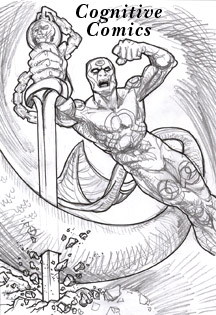 CA: Your inner Robin Williams? Does this mean you sometimes show up to class dressed as a 50-something year old woman who hosts a talk show with a monkey puppet?
CA: Your inner Robin Williams? Does this mean you sometimes show up to class dressed as a 50-something year old woman who hosts a talk show with a monkey puppet?
DJ: Mrs. Doubtfire, if I’m correct? I’m more like Mork from Ork meets Jumanji. You can’t get too silly with the older students though because they are very guarded about their social commodity value, it’s all about “being cool.” Either way, passion and humor are essential ingredients for learning. I always compare how much we remember about Star Wars compared to how much we remember about World Wars I and II. We remember information better when it is presented to us in a fantastic and entertaining way.
CA: Can you tell us about your own studies as an artist, including your time spent in Japan and Taiwan?
DJ: I have been drawing since I could pick up a pencil but being an artist is more than technical skill; it’s a personality trait or a cognitive perspective or a spiritual disposition. Comics laid the foundation of my passion for art as a kid, I believed in Spider-Man the way I believed in Santa Claus. I even had puppy love for female characters in comics. When life got more complex I expanded into learning music, theater and poetry. I’m in a rock band now and have been venturing into film. Art has always been the central characteristic of my entire life, the driving purpose for what I do. Personally, I feel that art is a form of “magic.”
During my Fine Art major at Buffalo State College, I did a one year exchange program in Osaka, Japan at Kansai Foreign Studies University where I majored in traditional Japanese ink painting (Sume-E), learned Zen and minored in Buddhist Art History. I had studied Buddhism and Taoism in high school and had a burning need to take a spiritual quest to the Far East.
I moved to New York City in 1995 to join the Shaolin Temple in Queens with hopes of becoming a professional in Fine Art. I was embittered to discover that Post-Modernist politics controls the self-proclaimed “art world” and so I turned my attention towards teaching English as a passport back to the Far East. In Taiwan I blossomed as a painter, exhibited, was understood and appreciated. I combined my love of Surrealism, German Expressionism and traditional Asian painting into a unique hybrid of Eastern and Western art.
I described earlier how I came back to doing comics. Out of the blue, in 2002, legendary comics inker Josef Rubinstein emails me inquiring about inking work. The name rung a bell and when I picked up some of my favorite comics as a kid and found his name in the credits I went off like a skyrocket. Joe has become my mentor and friend over the years. Here is a video of Joe inking my pencil art in my studio. People who have known me throughout my life as an artist were really surprised to see me go from Fine Art to Comic Book Illustration, I’m afraid some thought it was a digression. After showing them the level of skill and imagination is needed for making comics, we can see it is a higher form of visual art Kung fu.
My future goals with Cognitive Comics is to use it as a platform for experimenting with superhero mythology and pushing the boundaries of what sequential art can do. I have lots of other comics projects but with the invitation by Educomics.org to collaborate, I will focus on bridging comics with conceptual art.
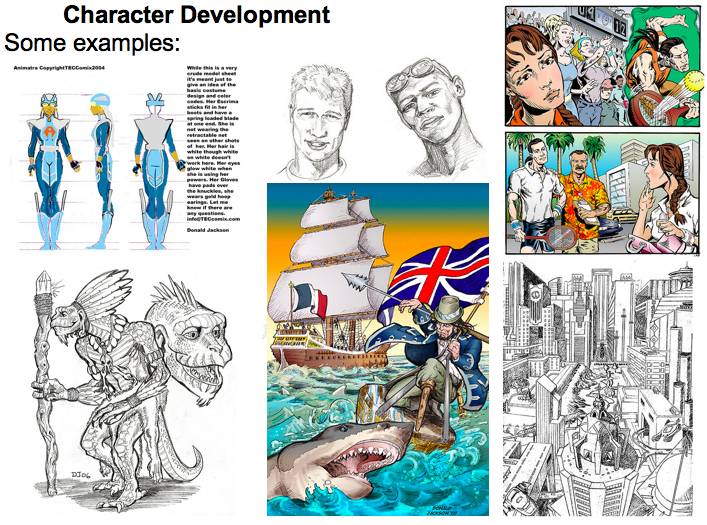
CA: As a freelance artist, what’s it like trying to find sequential work in the current job market?
DJ: This is a great question. In the last ten years things have changed in the freelance landscape. It has become harder largely because people who pay freelancers are outsourcing the work to other countries. There is still an attitude that illustration is not “real work” and lots of people still ask for test pages and other free work. Painfully, I see a lot more people using technology to replace learning art. You have to be very business-like and have clear protocol set up with your client so that you are not wasting time and creating misunderstandings over email communications. These things have driven me towards creating my own company so that I can interact directly with customers and have creative control.
Cultish attitudes towards Manga have driven down the quality of work coming out these days. Manga itself is just another dish at the buffet of comics but why people sacrifice their individuality to copy a mass-produced style from another culture is beyond me. Manga style, as I teach my students, is the Yellow Belt of Comics Illustration. It gives a great foundation but most people who paint themselves into that corner don’t know how to grow because they are too attached to the praise their friends give them. It is harder to teach Manga students because they hold rigidly to their security blanket of copying ad nauseum the same small set of techniques. Drawing Manga, for many, is more like belonging to a hobby club than being an artist.
CA: So what you’re saying is that essentially manga, while respectable in its own right, is a style that’s easy for students to latch onto and replicate, thus preventing them from stretching their boundaries and trying to do different things? It’s like a security blanket for them. Like the actor who only does musicals and will never attempt Shakespeare. Something like that?

DJ: Having studied culture in Japan and worked for a Japanese corporation in New York City for two years, I can safely say I have an educated opinion about this without fear of backlash. Looking at the extremely rich cultural heritage of Japanese art, I wonder why comics artists interested in that culture are not drawing inspiration from their Ukiyo-E wood block prints or Zen brush paintings, or even theater like Noh, Bunraku and Butoh. David Mack is who Manga artists should be looking at, here is a guy who brings a true Western sensibility to the influence of Asian art. In my experience, students who have low interest or skill in art are more successful than students who latched onto Manga as “their style” since they are free to construct their own identity.
I teach my students to look at Manga within a cultural and historic context. Japan is founded on Confucian principles where the individual is defined by the group, the individual is at the bottom of the social pyramid structure. America is founded on the U.S. Constitution where the rights of the individual (supposedly) are at the top of the social pyramid. In Confucianism versus Constitutionism (I just made that up), there is the security structure where the society is responsible for the individual versus the individual is responsible for the society.
I did two original comics in a Manga-inspired style for TEC Comix. It is a fun style to work in but I’m aware that I was borrowing it for commercial purposes. I think part of why people enjoy Manga is because they feel they are part of a different cultural narrative, it feels exotic. My advice is to visit the place rather than read the brochure. You’ll learn so much about yourself, be culturally enriched and you’ll appreciate what you have in America so much more. There is a section of my book called The Japanese Invasion that goes into detail about this topic in light of teaching sequential art.
CA: What’s next for you and Cognitive Comics? What about a year from now?
DJ: I was discovered by Educomics.org and invited to do a business collaboration. Educomics is an affiliate of ITisArt.com. Here is their home page blurb:
I’m thinking about how to consolidate some of these educational, entertainment, business concepts and connections. It is my dream to be able to employ the great comic book writers and illustrators of the Silver and Bronze Age who are still around but underemployed. I’m a major supporter of this American heritage. If I could only hire Stan Lee for business consultation!
CA: Sounds great Don! Glad to see things are rolling for you! Any parting words to conclude our discussion?
DJ: Thank you, Andy! I just want to close with by urging readers to download the free eBook of my research and engaging me on my website’s message boards. I’ve studied Scott McCloud and Neil Cohn’s writings and know there is a growing number of people in both entertainment and academia that will find this interesting and informative! Also, I hope we can have a follow up interview after I’m up and running at Educomics.org.
In closing, I really hope this interview has inspired some artists out there to take up the torch and continue forging new ground in what Don has started with Cognitive Comics. Our youth need to be encouraged to pursue their passion, and sequential art is a medium that while all of us may enjoy, it has not been fully embraced by our culture- especially in an educational setting. Hopefully Cognitive Comics and other dedicated teaching artists can help make a difference in this arena, changing the way the world looks at sequential art for our children.
Stay tuned to ComicAttack.net for more on Don Jackson and Cognitive Comics. Also be sure to visit the Cognitive Comics website!
Andy Liegl
andy@comicattack.net



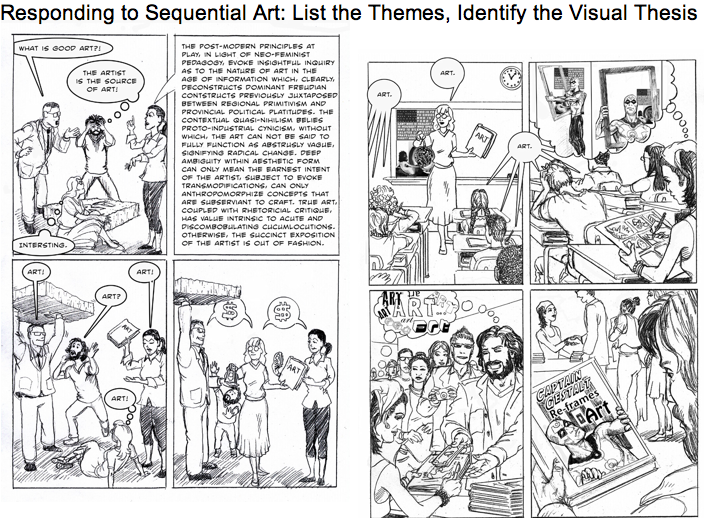


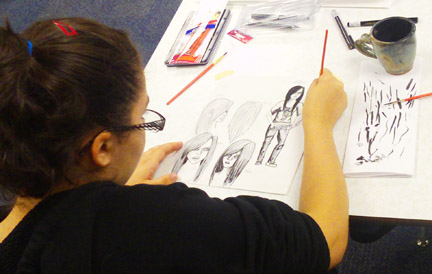


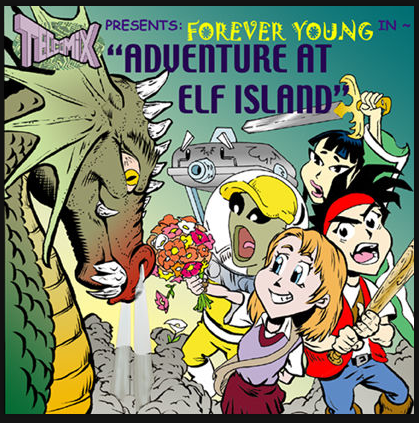
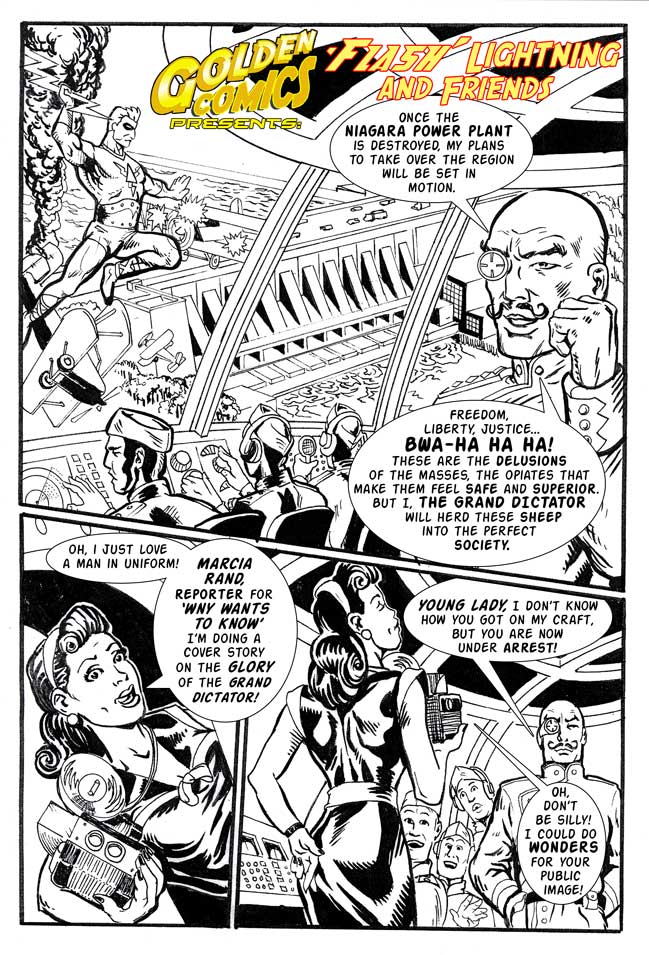
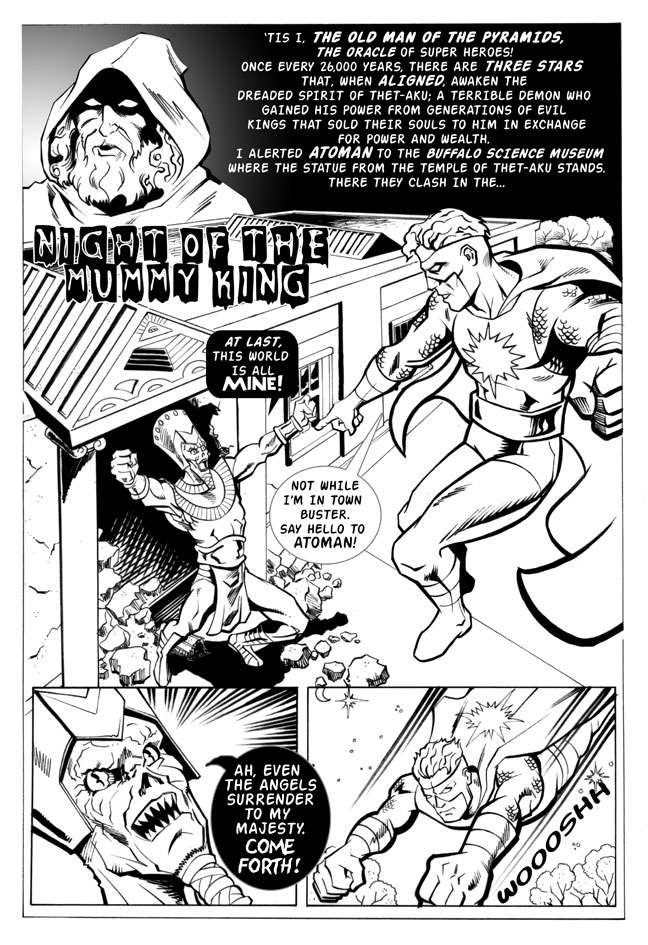
This is fantastic. You’re totally right Andy, a few years ago this would have been scoffed at.